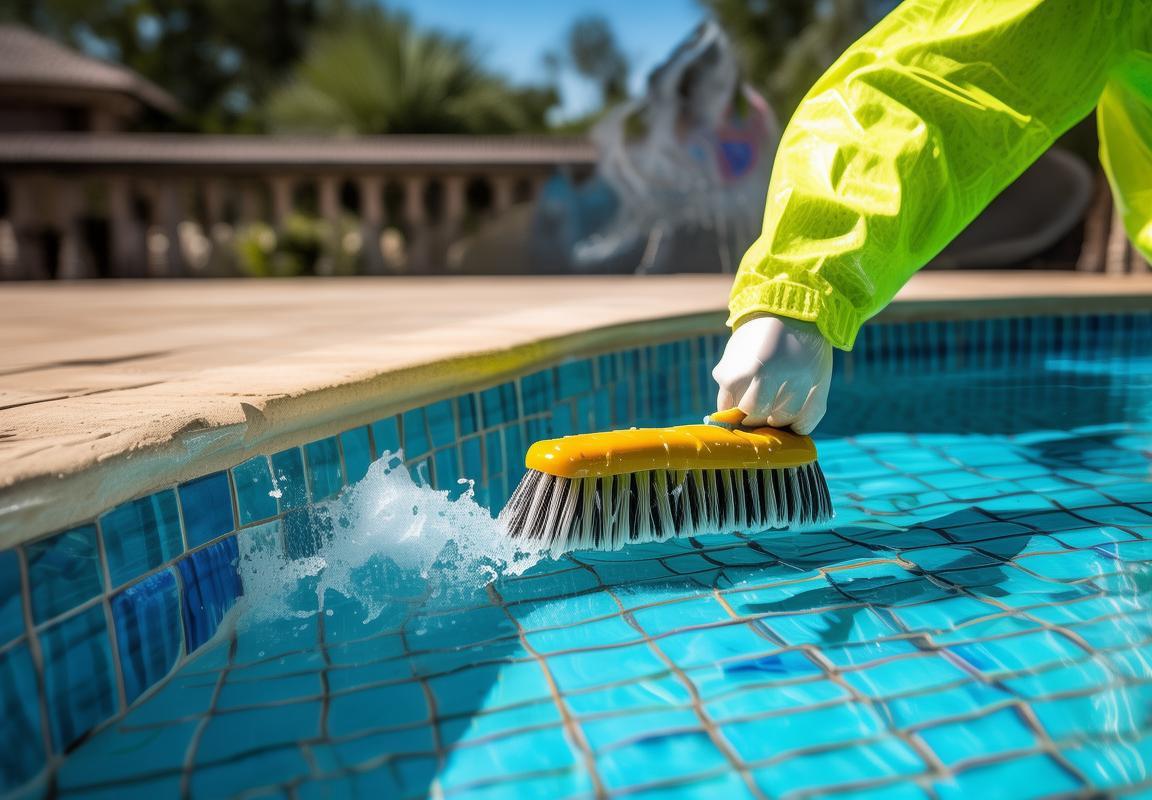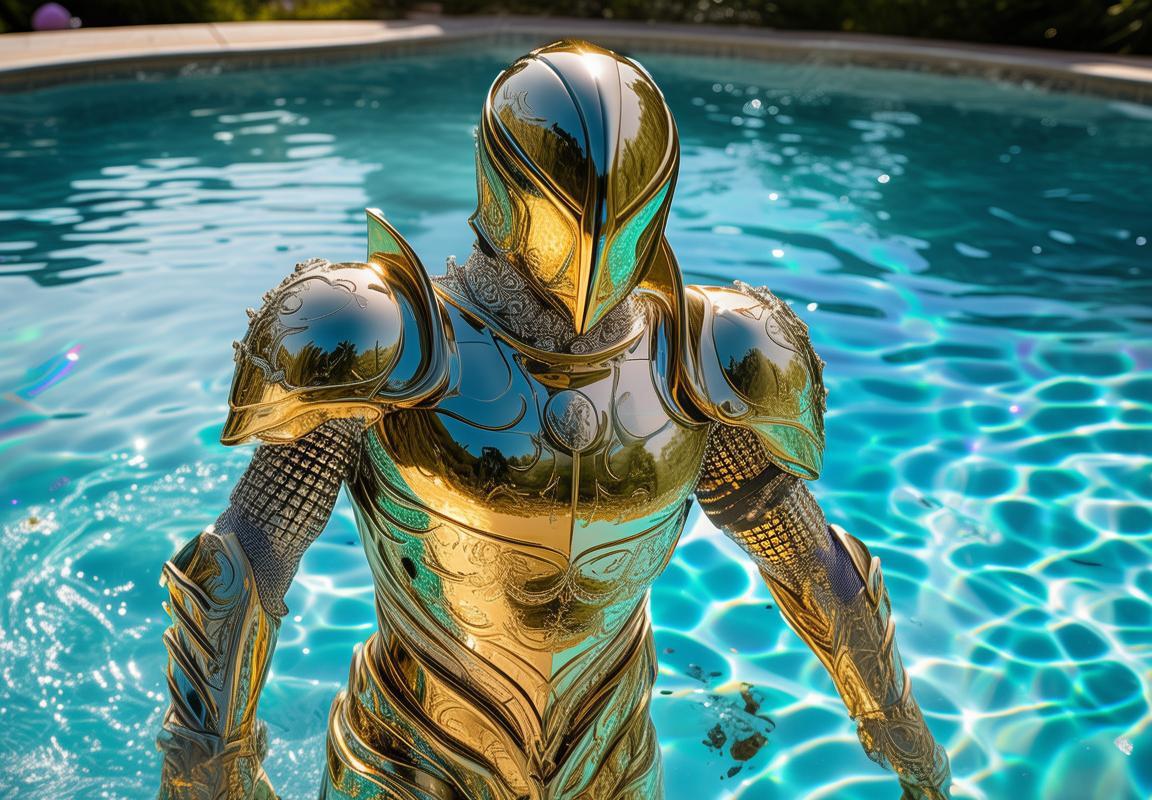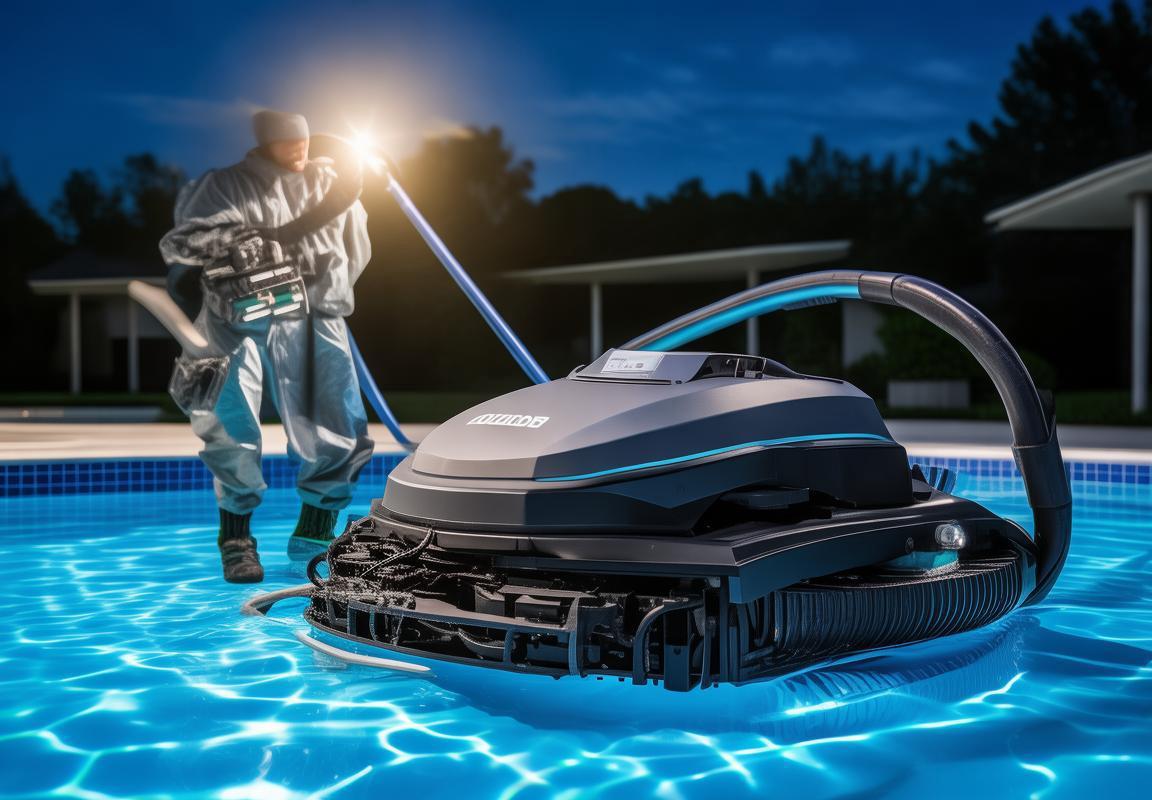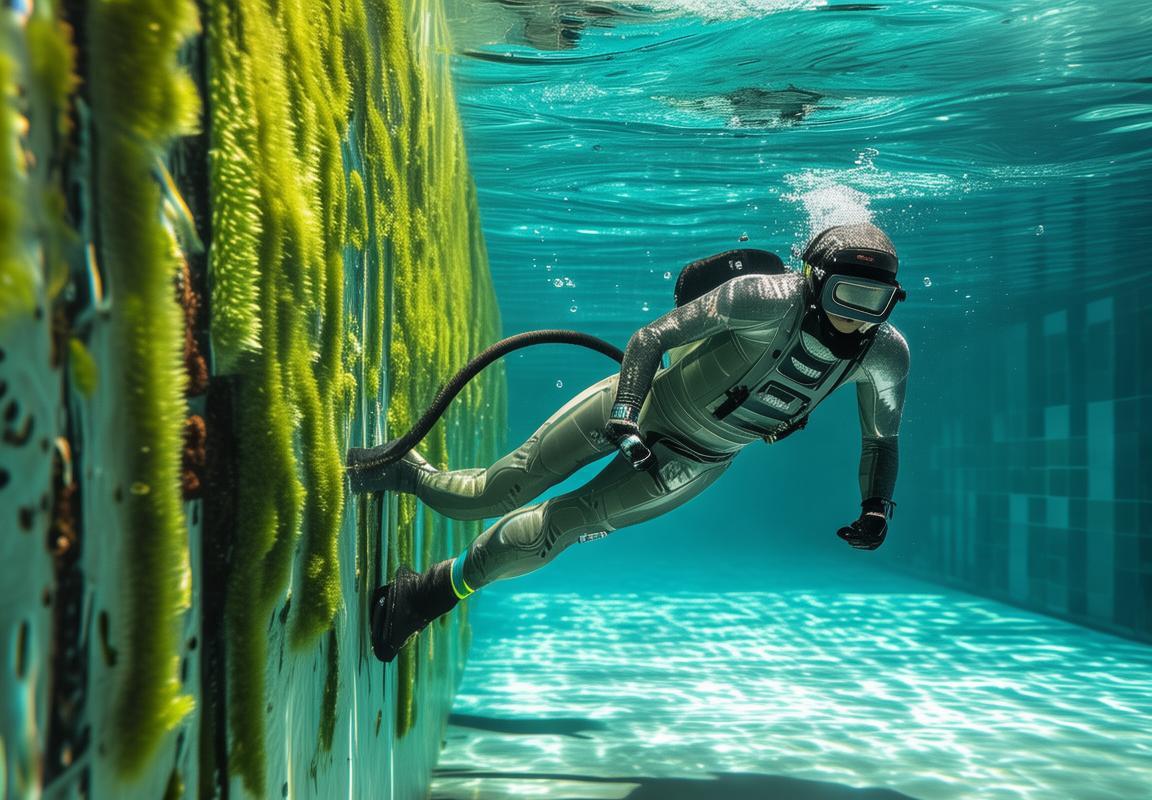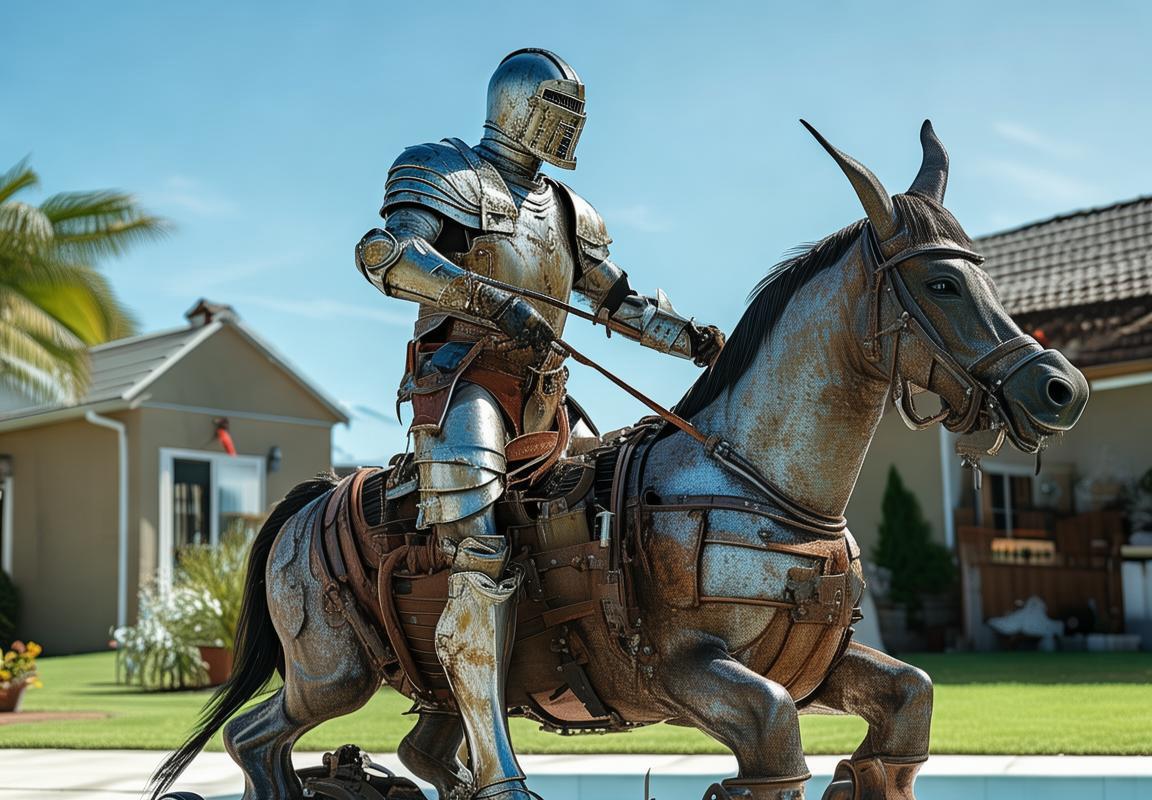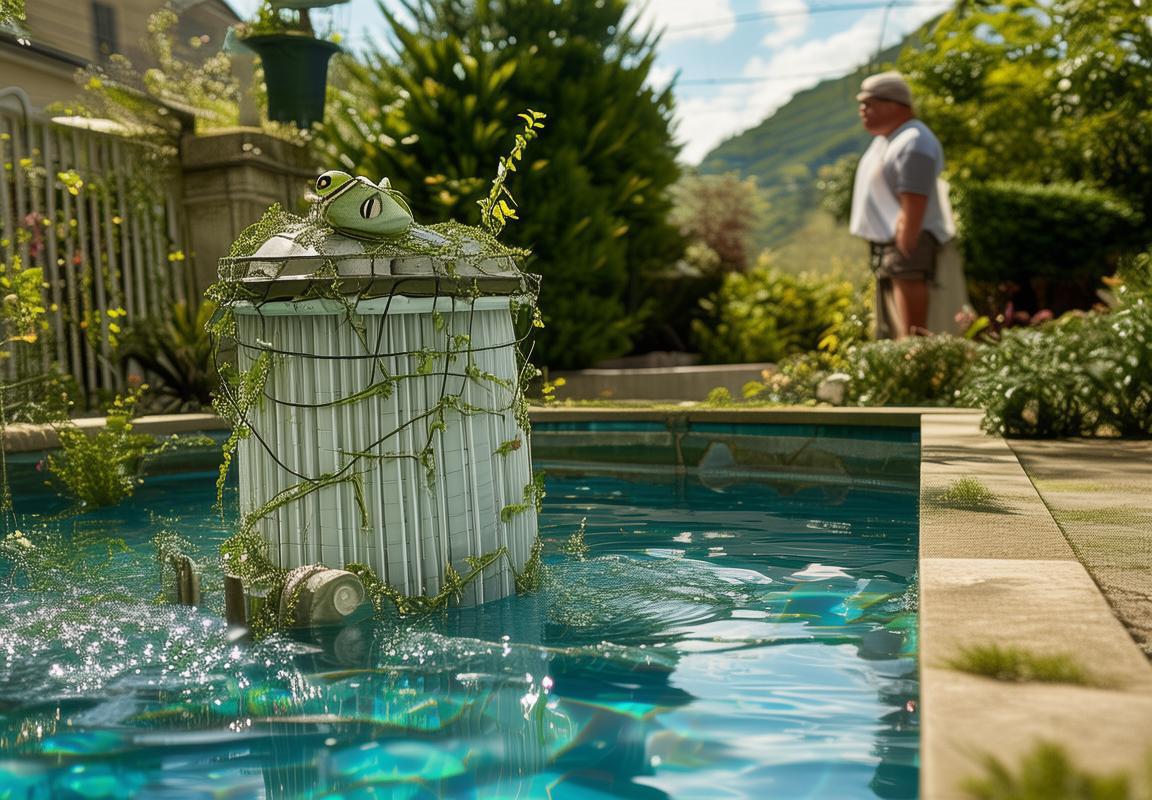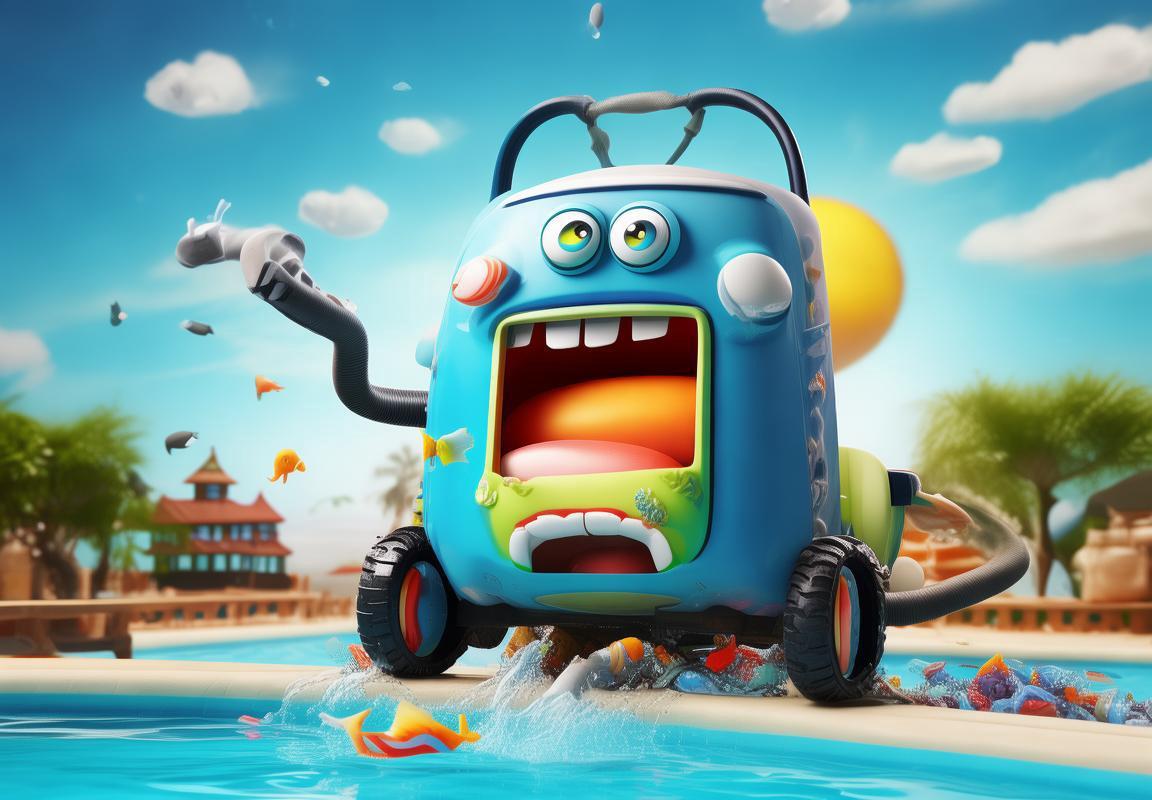The Best Pool Tile Cleaner: Ultimate Guide to Cleaning Pool Tile Like a Pro”** **”Pool Tile Cleaner Showdown: How to Choose the Best Pool Tile Cleaner for Sparkling Results”** **”Cleaning Pool Tile Made Easy: Top Picks for the Best Pool Tile Cleaner”** **”The Pool Cleaner’s Secret: Best Pool Tile Cleaner for Effortless Maintenance”** **”Best Pool Tile Cleaner Reviews: Expert Tips for Cleaning Pool Tile Fast
You’ve scrubbed, sprayed, and maybe even cursed at your pool tiles, but they still look like a science experiment gone wrong. The problem? You’re probably using the wrong best pool tile cleaner or technique. Not all gunk is the same—calcium scale needs acidic cleaners, algae requires chlorine-free oxidizers, and oily films demand enzymatic formulas. Cleaning pool tile isn’t about elbow grease; it’s about strategy. Pre-soak the cleaner for 5–10 minutes, use a soft brush (not steel wool!), and never ignore the grout—it’s a dirt magnet. Hard water, poor pH balance, and skipping maintenance make stains worse. For lazy wins, toss a tennis ball in the pool cleaner to absorb oils or invest in a robotic scrubber. The right pool tile cleaner (oxygen-based for most jobs, acid for heavy scale) plus weekly touch-ups keeps tiles sparkling without the backache. Stop scrubbing like a maniac—work smarter, not harder.
